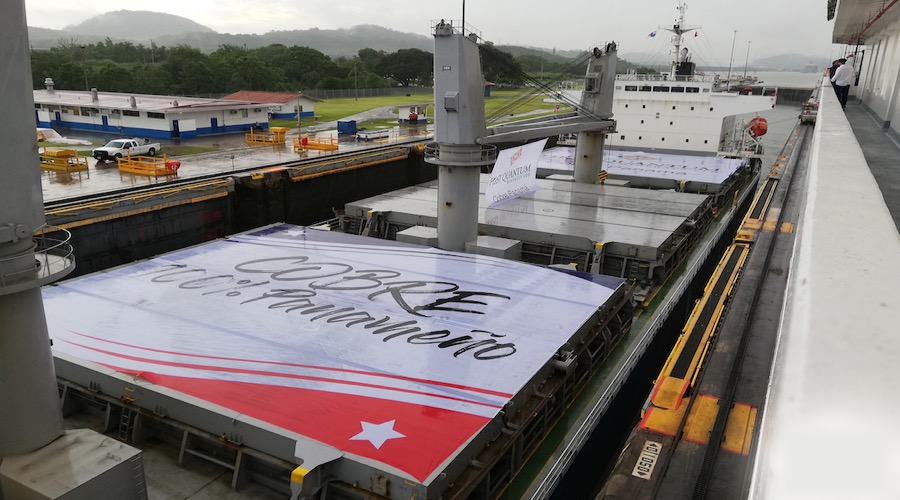Introduction
First Quantum Minerals (TSX: FM), a Canadian mining company, has released a striking estimate in its recent tax transparency report, claiming that the closure of its Cobre Panama copper mine has cost the Panamanian economy more than $1.7 billion in potential contributions for 2024. The mine, ordered to shut down by the Panamanian government in November 2023, was a significant economic driver for the country, and its closure has sparked debates about balancing economic benefits with environmental and social concerns.
Economic Impact of the Closure
According to First Quantum’s annual tax transparency disclosure, the Cobre Panama mine would have contributed approximately $500 million in government revenue, over $250 million in salaries and wages, and nearly $1 billion in local procurement under the pre-suspension tax regime. Instead, with operations halted, the mine’s economic contribution plummeted to just $378 million in 2024, a sharp decline from $1.83 billion in the previous year when it was fully operational.
Historically, Cobre Panama has been a cornerstone of Panama’s economy, accounting for around 5% of the nation’s GDP and providing direct and indirect employment to over 40,000 people—roughly 2% of Panama’s workforce. Since starting commercial production in 2019, the mine has paid over $1.2 billion in taxes, royalties, and other payments to the government, with a record copper output of 350,000 tonnes in 2022.
Opinion and Analysis
The closure of Cobre Panama raises critical questions about the trade-offs between economic development and environmental protection. While First Quantum remains hopeful of reopening the mine, the decision to shut down operations was largely driven by public protests and concerns over environmental damage and the mine’s legal framework. As the global demand for copper surges due to the energy transition and electrification trends, the loss of such a significant production hub could have broader implications for supply chains. Is Panama risking long-term economic stability for short-term political or environmental gains? Furthermore, how will the government address the livelihoods of the thousands impacted by the closure? This situation underscores the need for transparent dialogue between mining companies, governments, and local communities to ensure sustainable resource extraction.
In the context of current hot topics, the Cobre Panama case reflects a growing global tension in resource-rich nations where economic benefits are weighed against environmental and social costs. Similar conflicts are unfolding in countries like Chile and Peru, where mining projects face increasing scrutiny. The outcome of this situation could set a precedent for how governments and corporations navigate these complex challenges.
